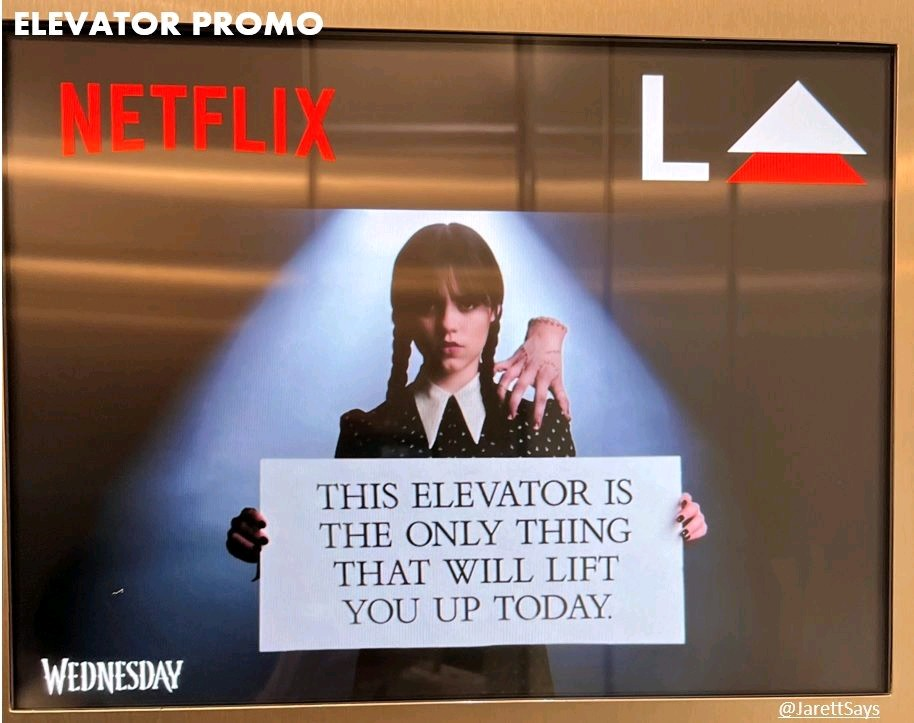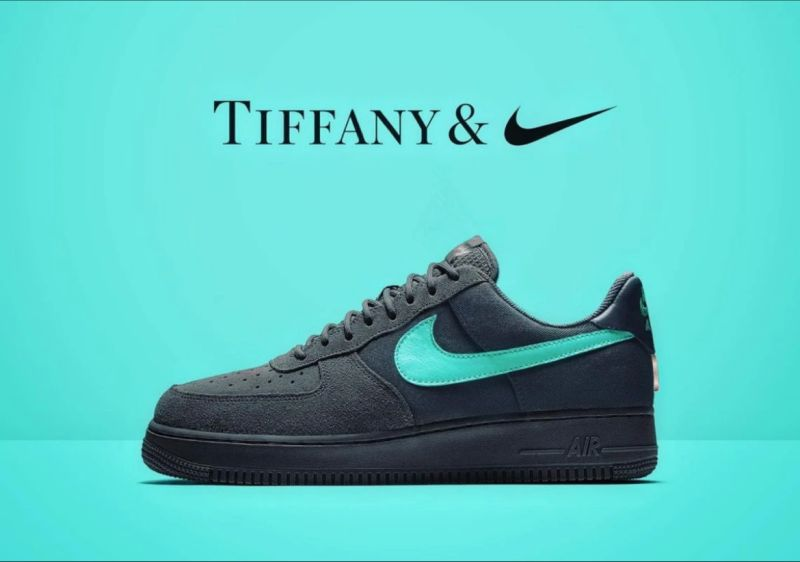.png)

Last updated on
February 3, 2024
Marketing campaigns are the backbone of modern businesses, shaping how we see and interact with brands. Every business, no matter how big or small, seeks that one great idea to elevate their brand. Reaching and engaging customers in an impactful manner is always the goal, regardless of the channel.
So, what makes a marketing campaign genuinely great?
You can't help but wonder what your creativity could unleash if you weren't constrained by typical marketing constraints such as a lack of budget, broken collaboration, managerial apprehension, and general project management challenges that come with planning campaigns with many moving parts.
Discover the latest trends, tactics, and strategies in the ever-evolving marketing industry.
Marketing campaigns are strategic activities designed to promote a company's goal or objective. A marketing campaign is mainly used to promote a specific product, a service, or even the entire brand. Campaigns are carefully planned, and activities are varied to achieve the best results. Marketing campaigns employ various channels, platforms, and mediums to maximize impact.
A company could run campaigns using print media, social media, online ads, email, in-person demos, and other methods. Depending on the intended purpose, each campaign will be unique. The messaging and tone of any given campaign, on the other hand, will be closely related to the tone of the business's brand. Because of the recent increase in marketing agencies, some businesses now outsource aspects of their marketing campaigns.
Large corporations with numerous product lines will likely have multiple active marketing campaigns. For example, a company may run a national brand awareness campaign while its affiliate stores promote an upcoming seasonal sale. Tracking the right analytics for your marketing campaigns is especially important when promoting several products at the same time.
.png)
Email marketing is a direct and personal way to reach customers and prospects. It involves sending targeted messages to a list of subscribers through email. Newsletters, promotional offers, and other forms of communication are typical examples of email marketing that aim at driving engagement and sales. It allows you to track the performance and measure results, allowing marketers to make better-informed decisions about the product and services.
Facebook, Twitter, Instagram, and LinkedIn are popular channels for reaching and engaging with target audiences. This type of marketing can include creating and sharing content, running paid advertising campaigns, and leveraging influencer partnerships to spread the brand message. A large and engaged audience can be reached through social media marketing.
When an advertiser pays a fee each time an internet user clicks on their advertisements, it is known as PPC or pay-per-click. Simply put, you only pay for advertising when your ad is clicked on. It is a method of 'buying' visits to your website in addition to driving organic website traffic.
The sponsored links that appear on top of the search are the most popular and trending types of PPC in search engine advertising.
PPC advertising can be a cost-effective way to reach a target audience and drive traffic to a website, as marketers only pay for actual clicks.
A company showcasing its products, services, and even a brand to a larger audience, be it B2B or B2C, generates the marketing possibility of leads. A face-to-face interaction is more likely to captivate the audience on a large scale, giving them a chance to understand and become familiar with the product.
This type of marketing can include exhibiting at trade shows, hosting product launches, and sponsoring events. There’s no denying that events and trade shows are a great way to build relationships with customers and prospects and generate leads and sales.
Brand awareness campaigns are focused on building recognition and understanding of a brand. Commercials, public relations, and other means of advertising are common tactics for creating brand awareness. The aim is to create a muscle memory at the top of the mind of your target audience.
Brand awareness campaigns are critical for establishing a solid brand identity and setting the foundation for future marketing efforts.
.png)
Every marketing campaign begins with a specific goal that a marketer wants to achieve, like generating leads or converting visitors into customers. This could be increasing sales, building brand awareness, generating leads, or another specific objective. Having clear and measurable goals helps ensure that your marketing efforts are aligned with your overall business strategy.
A message is a concept or the theme around which the marketing campaign evolves. It is the idea through which you pitch the product to the target audience. That's why your message should be simple, compelling, and relevant to the solution a target audience seeks. It will ultimately drive more returns.
A marketing campaign aims to reach a target audience with a clear and meaningful message that motivates them to take a desired action. It could be getting more sign-ups, getting customers to sign up for a premium package instead of a free package, or reminding them about items in carts through a cart abandonment email, and so on. Understanding the purpose of your marketing campaign helps guide the development of your message and tactics.
The assets of a marketing campaign refer to the materials and resources you will use to deliver your message and achieve your goals. Marketing aids such as email templates, ads, or social media posts are considered assets. The right use of assets is helpful in making your marketing campaign successful.
Every marketing campaign’s message is based on audience segments. Therefore marketers need to understand the problem and how their product will provide the solution to the customer. The key point is to use the USP (unique selling point) of the product that gives it a competitive edge over the competitor’s product.
The execution plan is the roadmap for your marketing campaign, outlining the tactics, channels, and timeline for implementation. This plan should consider your goals, message, purpose, assets, and targets and be flexible enough to accommodate necessary changes.
The budget for a marketing campaign is the amount of money set aside to execute the campaign, including costs for tactics, channels, and assets. Having a clear and realistic budget helps ensure you have the resources to execute your marketing campaign effectively and achieve your goals.
.png)
Marketing campaigns can be a hit if a marketer clearly understands the scope to achieve the desired goal. It is possible by using the available resources to the maximum capacity. This way, you can set realistic expectations and make SMART goals in the right direction.
Setting clear and measurable objectives for your marketing campaign is essential for determining its success. Objectives should align with your overall business goals and be specific, quantifiable, and achievable within a set timeframe.
A successful marketing campaign relies heavily on the target audience for its success. This includes understanding their needs, pain points, preferences, and behaviors. Once you understand the pain point of your target audience, you can create a custom message and introduce the exemplary marketing efforts to reach best and engage with them.
Develop a strategy for your marketing campaign based on your objectives, target audience, and resources. Whatever means of the channel you decide to use for the marketing campaign, your audience should be able to relate to the product more humanely. This will motivate them to take the desired action.
Once you finish the strategy, think of the best way to reach your audience. You need to choose a single or multiple channels to spread your message to the relevant audience. For instance, email marketing could be the right channel to increase sales during a holiday season, but you could also use social media for posters and quick reminders.
Depending on the product category and marketing budget, you could use events and trade shows. Choose the most effective channels for reaching your target audience and align with your overall marketing strategy.
A definitive goal also includes a timeline for the marketing campaign. This will help you to track and analyze the results in the given period about the sales and other KPIs. Also it is an effective way to stay put on the given budget. The timeline should include key milestones and deadlines for each tactic in your marketing campaign.
Using the right resource is crucial. That's why you need to set a campaign budget too.utilizing a resource will cost you, and as a marketer you need to make most out of the given budget to execute the campaign promptly. When deciding the objectives and target, include budget and marketing channels you wish to use for the campaign.
Smooth execution is the key to make the campaign successful. Therefore to stay on the top and to measure the performance, you need to establish metrics. By identifying these metrics you can understand the impact, positive or negative, on your KPIs. you can assess whether these KPIs are adequate for meeting the goal of conversion, engagement and generating leads.
Gathering feedback from customers and stakeholders can provide valuable insights and help inform future marketing efforts. Ask for feedback from customers and stakeholders after your marketing campaign has run its course.
Congratulations! Once you are all done with establishing goals, KPIs, channels and budgeting, your marketing campaign can go live now. At this stage, marketers need to keep track of the results, make sure all resources are in place and that no marketing asset is missing either. It will be fruitful to conduct a survey post launch of the marketing campaign (sometimes customers are eager to share their experiences with the product).
This will make you aware about the strengths and weaknesses of the product, and so you can adjust the marketing campaign according to the survey results.

Memes are a great way to communicate without saying much. But why? Well, who doesn’t love funny, easy-to-understand, and relatable content? Everyone!
That's why Spotify made them the star of their new global ad campaign, "Everywhere."
Inspired by memes, the campaign employs the "Me, Also Me" format to demonstrate how the platform provides music for every mood. And, with a few simple and clever ads, it highlights playlists such as Feel Good Dinner and Sad Indie.
The campaign includes three short film clips that pair songs with real-life situations.
However, Spotify also targets younger audience in Brazil, Mexico, Columbia, Argentina, France, Italy, Thailand, Philippines, Indonesia, South Africa, and Spain.

Who hasn't watched Addams Family as a kid, right? The spin off Wednesday, since its debut, quickly became the most popular show on Netflix! It even surpassed the popular Stranger Things.
With its dark humor and a breakout performance by actress Jenna Ortega as Wednesday Adams, the show has become a social media phenomenon and received positive reviews.
The success of Wednesday, a hit Netflix original series, can be primarily attributed to the streaming giant's extensive marketing campaign. The marketing team has yet to leave any stone unturned in promoting the series, from traditional channels like billboards and bus stops to the show's viral popularity on social media platforms like TikTok and Instagram.

McDonald's has launched a social-first campaign called 'Raise Your Arches,' based on the idea that the invitation to grab a McDonald's meal is so universal that it can be communicated without saying anything.
The film 'Raise Your Arches' tells the story of a group of office workers who go to McDonald's after receiving these unspoken invitations. It all starts in an office. A large folder of papers is slammed against a desk. Two colleagues look at each other with a sigh. One of them raises an eyebrow at the other knowingly, and she knows exactly what that means. They nod in agreement and walk away. They walk purposefully through the office, raising their “arches” to their colleagues, and the entire office joins them for the trip to McDonald's.
The “Fancy a McDonald's” invitation will be promoted on social media, with Snapchat and Instagram Lenses supporting the campaign. The Lens will raise the user's arches, allowing McDonald's fans to share and invite their friends to eat at the restaurant.

Tiffany & Co. and Nike have released a visual teaser to reveal their collaboration, resulting in a pair of co-branded sneakers.
The sneak peek was shared on Tiffany and Nike's social media accounts, including Instagram, LinkedIn, and Facebook, and depicted a Tiffany blue shoe box with a Nike swoosh and the words "A legendary pair."
The post received a desired outcome - curiosity infused with positive feedback! Hence the marketing campaign at its initial stage screams being successful!

This year, Pizza Hut used one of its products to give its Instagram account a festive, fun vibe.
It perfectly encapsulated what Christmas is all about in just one image. They also adorn the house with tinsel, lights, and other decorations.
Pizza Hut recognized the opportunity and created a video of a person holding a pizza slice to cover a Christmas tree. Because Pizza Hut is such a famous brand, it worked! They understand that increased participation is essential.
Because they are aware of this, they are irreverent enough to ensure the pizza slice is large and bold enough to catch your attention. So it's doing Christmas on its terms while also producing some pretty slick marketing.
If you look closely, you'll notice this is very sophisticated marketing. It's also very creative. In the case of selling, they are also doing their job.
Marketing campaigns are essential for businesses to reach their marketing and business goals. A strong marketing campaign should have clear objectives, target a well-defined audience, offer a unique value proposition, and use data-driven approaches to measure and optimize results.
Mailmunch is a tool that can help businesses create effective marketing campaigns by providing features such as email capture forms, landing pages, and opt-in pop-ups. These tools allow businesses to increase engagement, generate leads, and build relationships with their target audience. With Mailmunch, companies can easily create, launch, and track their marketing campaigns, helping them achieve their goals and succeed in the competitive marketing world.
Marketing research mostly revolved around the problem, target audience, objectives, required data, collecting and analyzing the raw data. Once these queries are answered, you can develop the right marketing approach to create a marketing strategy.
Each marketing campaign varies depending on various factors like goals, budget, marketing channels, and target audience etc. a standard marketing campaign can last a week or even months.
Marketing campaigns are necessary for several reasons:
Overall, marketing campaigns help businesses achieve their marketing and business goals by reaching and resonating with target audiences.
A strong marketing campaign typically has the following characteristics:
Optimizing a marketing campaign involves making data-driven adjustments to improve its effectiveness. The following steps can help optimize a campaign:
Evaluate results: Regularly evaluate the campaign's results and make any necessary changes to ensure it meets its goals and objectives.
A voracious reader and a music lover, Ammar has been writing engaging and informative content for over 3 years for B2B and B2C markets. With a knack for writing SEO-optimized content, Ammar ensures the results speak for themselves.
Tags:

M. Usama
April 19, 2024

M. Usama
April 19, 2024

M. Usama
April 18, 2024